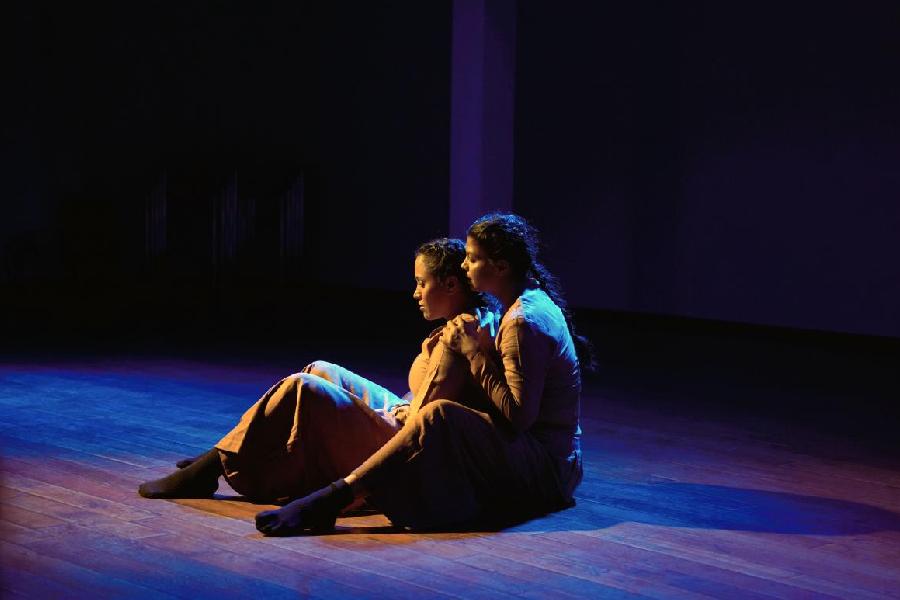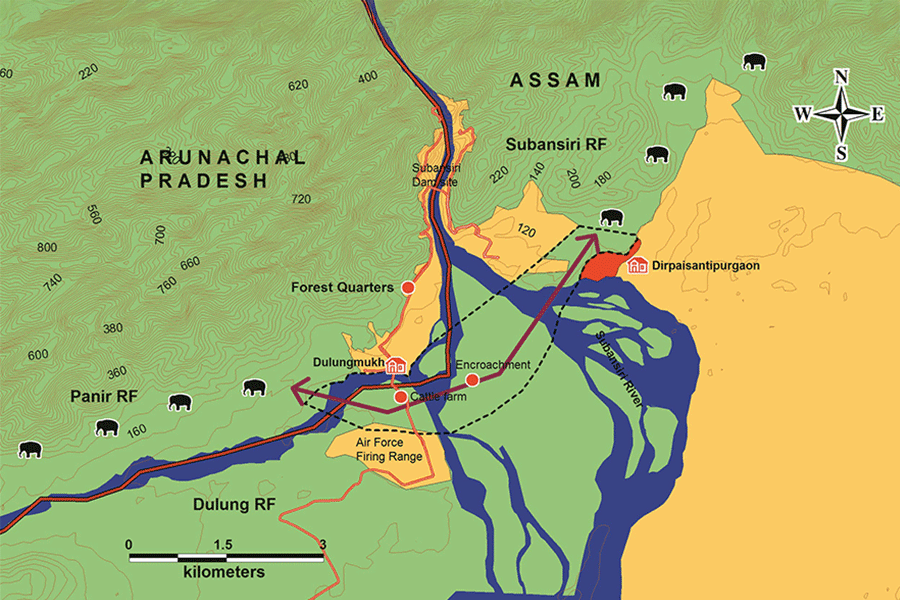In Artsforward’s recently-held marquee event in Calcutta, At the Still Point Act VI, a diverse group of performers from different parts of the country and across practices came together to address the uncertain space of memory through a series of performances across venues titled To Remember Again. Situated at the cusp of what is retained and what is erased, at a moment when the threads of the past are being unravelled by natural and political forces, the series conjured fraught negotiations with memory, loss and grief. Through the shifting vocabularies of words, movement, imagery and associations, it questioned not only what must be remembered, but how remembering itself might be embodied and archived in these troubled times.
One of the most poignant acts of the series was Nimi Ravindran’s exhibition-performance, To Remember is to Forget is to Remember. A layered work that deals with memory, loss, dementia and grief, it is made urgent and unforgettable by Ravindran’s lightness of touch. She keeps her audience in stitches with her witty storytelling and yet ensures, by the end of it, that no one leaves dry-eyed.
Diya Naidu’s work takes one to the delicate intersection of the personal and the political through multi-sensory layers of experience. Movement coalesces with imagery, sound, fragrance and text to make sense of the unsettling present by recounting lived histories. The artiste’s maternal grandmother, Suraiya, is central to this narrative in which memories become a site of reflection and resistance.
The choreographer, Shruti Maria Datar, collaborates with Melitta Dsouza
in C Tactile (picture),
which is an inquiry into
the politics of touch and the confused dynamics of the embodiment of touch. It commentates on how the acts of touching and being touched are never neutral, but veer towards a re-articulation of conflict.
Manjari Kaul’s Firefly Women, positioned as an “interactive” physical theatre piece, remained largely superficial. Ambitious in its intention of reimagining feminist utopias through movement, memory, and speculative fiction, the piece buckled under the weight of its own ideas. Its conceptual overreach left the audience untouched.











